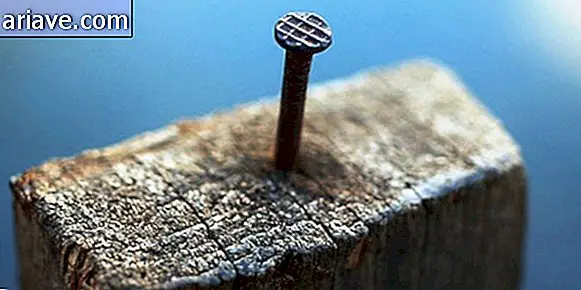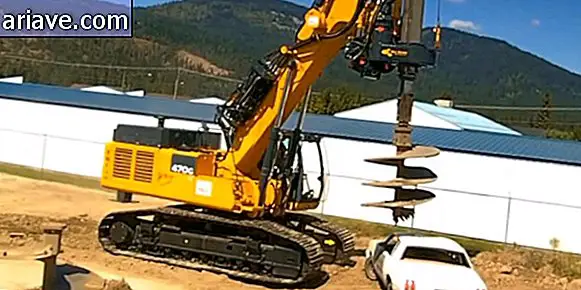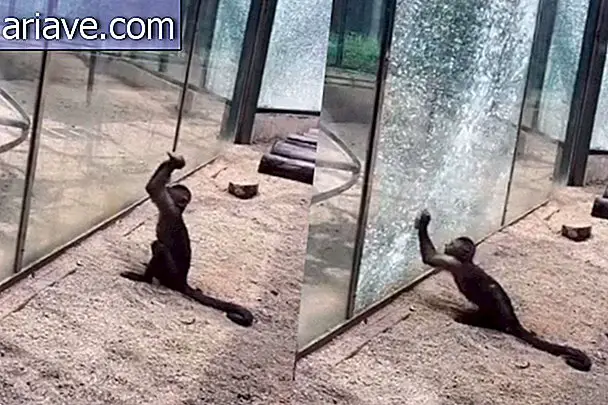New mineral is found inside a tiny diamond
It's called goldschmidtite the new mineral discovered inside a tiny diamond extracted from a South African mine. At just 100 micrometres (about the width of a human hair), it showed a very unusual chemical signature, unlike expected. of a mineral created deep within the cloak of the earth.
"Goldschmidtite has high concentrations of niobium, potassium and rare earth elements lanthanum and cerium, while the rest of the mantle is dominated by other elements such as magnesium and iron, " explains University of Alberta doctoral student Nicole Meyer, who led the study. study.
The sample was named after Norwegian geochemist Victor Moritz Goldschmidt, the father of modern geochemistry.

A tiny grain of a gigantic mine
Finding goldschmidtita was like opening a Matrioska doll: it was inside a diamond extracted from a kimberlite (the rock that contains diamonds) from the Koffiefontein mine, located in South Africa's Kaapvaal Craton. Craton, parts of the earth's crust with ancient layers and thick, they are home to some of the oldest rocks on the planet.
The new mineral offers a unique chemical record of Earth's distant past - researchers say, is like looking into the oldest and deepest portions of the planet. The small dark green sample is estimated to have formed 170 kilometers deep, at a temperature of 1, 190 ° C and billions of years ago.

Little is known about this part of our planet, as the mantle advances 1, 800 kilometers inland. The record for drilling the earth's crust is 12.2 kilometers deep: the Kola Super Deep Well in Russia.
"For potassium and niobium to be an important proportion of this mineral, it must have formed under exceptional processes that concentrated these unusual elements. Diamonds can preserve the minerals within them for billions of years and thus tell us a lot about the regions. deep in the earth's mantle, "says the work resulting from the discovery.











